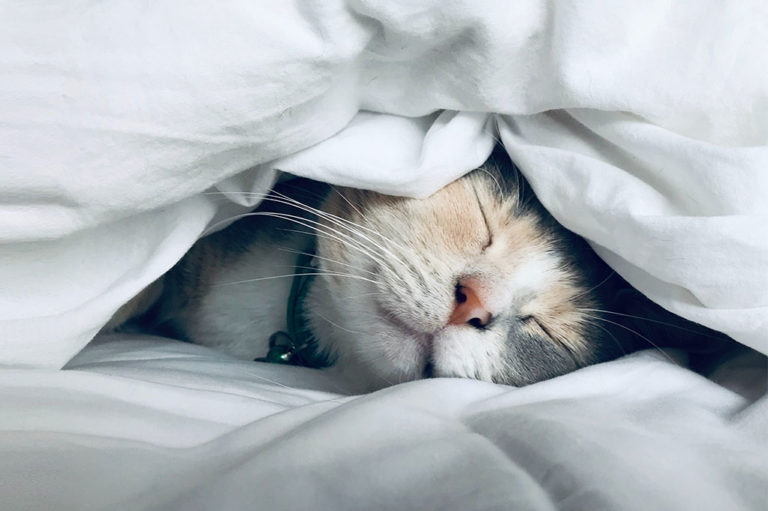Boost Your Recovery with the Contrast Shower
For soreness and acute muscular injury, the concept of using extreme temperature on the affected site is nothing new. But what’s better, hot or cold? One book says ice is best, and another says actually heat is better. Your local pharmacy is no help at all. Ice packs, cold baths, hot tubs, heating pads, Mineral Ice, Biofreeze, Icy Hot… good gravy.
But what if we could do both?
We can. Enter the contrast shower.
What is a Contrast Shower?
The premise is simple. Alternate periods of very hot, with periods of very cold. The combination of heat to draw new blood with nutrients into the impacted muscle(s) combined with cold to pull old blood carrying waste products out of the muscle allows for accelerated recovery.
I first heard about the contrast shower concept in 2009 when I was powerlifting and reading articles from EliteFTS founder Dave Tate. The sport researcher Mel Siff would use a contrast bathing protocol that laid out something like this:
Use a Jacuzzi deep enough that you can fully submerge yourself up to your neck, and set it at 110 degrees F. Spend 5 minutes in it, then immediately go jump into a swimming pool set at around 60 degrees F. His Russian athletes would apparently just roll around in the snow during the winter, because of course they would.
Repeat that 4-5 times, then go to sleep. You should sleep like a baby.
But since you probably don’t own a Jacuzzi or a swimming pool (and if you do feel free to leave your address in the comments so I can stop by), a contrast shower will work well enough. The process is relatively simple:
Contrast Shower Protocol
Take your regular shower at whatever temperature you normally use. Make sure you don’t waste all the hot water or this isn’t going to go very well for you.
Set the temperature as hot as you can stand. Don’t scald yourself, because burns suck, but think “hot” and not “warm”. Go for 2-3 minutes, and if you’re trying to help any particular areas recover make sure you’ve got good water flow hitting that part of your body.
Then, for 60 seconds, turn the temperature as cold as you can stand. The first time you do it there’s a good chance you may hold your breath the entire 60 seconds. You’ll get used to it (hopefully before you pass out). The greater the contrast between the hot and cold temperatures, the better – and it will likely get better with time.
Alternate in this fashion back and forth 4-5 times. It’s recommended to finish on cold water – however, if you’re going to do this and then go to bed, finish on plain old warm water. The burst of cold water tends to excite your nervous system, which can be great for recovery and blood flow but not so great if you’re trying to go to sleep.
Make sure you save enough hot water for your spouse.





